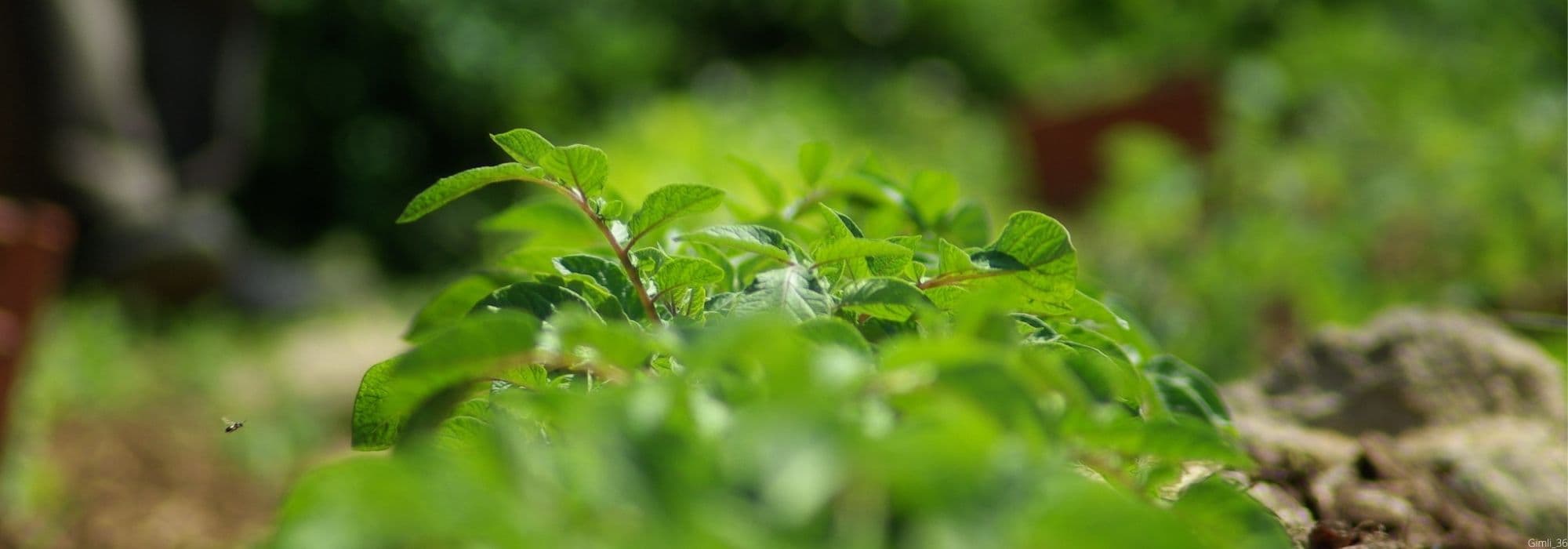
When and how to earth up potatoes?
Techniques and tips
Contents
Once tubercles have been planted in a furrow 15 cm deep, you will need to earth up young potato plants. But why, when and how should you do it? Discover all the answers you’re looking for, plus a few tips.
Why earth up potatoes?
Main benefit of earthing up potatoes is above all to encourage tubercle formation by creating an area of loose soil while preventing their greening in light. Indeed, if potatoes are exposed to light, they turn green. This discolouration indicates production of solanine, a toxic substance making them unfit for consumption.
Furthermore, by earthing up as shoots grow, you also protect young plants from frost. If frost is likely, earth up the plants and leave the hills to dry before covering them with a fleece.
Earthing up young plants also helps to get rid of adventive weeds during potato growth. Indeed, with each stroke of a rake or hand hoe, you will uproot seedlings of weeds.
When should you earth up potatoes?
Earthing up is carried out very early and in two stages:
Don’t wait too long before earthing up. As soon as young plants reach 25 cm tall, earth up by drawing soil up either side of the stem with a hoe so that only about 10 cm of stem remains above soil. You will need to wait more or less time after planting depending on planting date. With planting in early April, emergence will occur in 35 days, compared with 16 days for mid‑May planting.
Repeat this operation 15 days later. This will also help keep stems upright and prevent them from lying on the soil.
Earthing up can be repeated throughout the season in the same way, especially in summer when soil has settled slightly around the young plants.
Discover other Seed potatoes
View all →Available in 0 sizes
Available in 1 sizes
Available in 0 sizes
Available in 2 sizes
Available in 1 sizes

Available in 1 sizes
Available in 1 sizes
Available in 1 sizes
Available in 3 sizes

Available in 1 sizes
How to earth up potatoes?
Several options are available, including tools. It really depends on size of your potato bed.
First, if possible carry out this operation in overcast weather, but soil must not be waterlogged.
How to:
- When young plants reach 25 cm in height, pull soil from base to top all around each young plant to form a mound, leaving less than 10 cm exposed.
- Repeat operation 15 days to one month later.
Warning : do not dig too deep so as not to disturb roots.
For traditional hilling, suited to small gardens, use hoe, rake or hand hoe to bring soil up around young plants. Either work around each young plant, or heap soil up one side of the rank, then the other.
If there is not enough space between two closely spaced ranks, use a hilling tool, a small handled tool with a bent blade that throws soil to both sides. Use it by pulling the tool towards you while stepping backwards.
Finally, on larger growing areas you can use a rotavator with a hilling blade.

Potato field (Hgartley)
Tip : At dusk plant tends to fold in slightly. Hilling in evening therefore makes job easier and reduces risk of damaging young plants. As a bonus, soil warmed during the day will keep a little heat around your young potato plants.
For more on this technique, read François’s advice: When and how to earth up vegetables in the vegetable patch?
Alternative : growing under mulch
15 cm-thick mulch, which will be laid directly over tubercles placed on soil, can be made from dry material such as straw and compost. Avoid fresh grass clippings. It is possible to add more mulch later in season.

Growing potatoes under mulch
- Advantage: This method is considered more productive than traditional hilling. It greatly eases harvesting: simply lift mulch to harvest potatoes by hand. This prevents damage and therefore allows better storage.
- Disadvantage: Straw can harbour voles and slugs. These will feast on your tubercles.
- Subscribe!
- Contents
































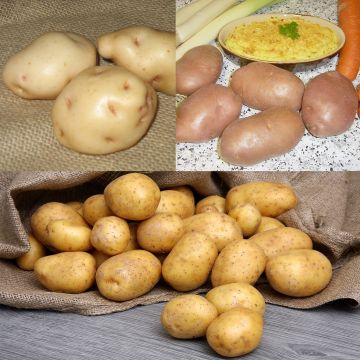
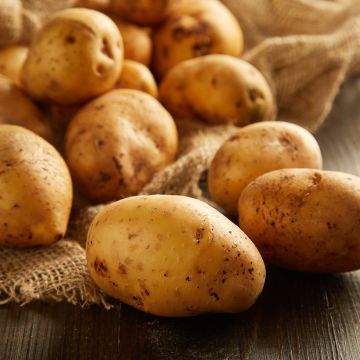
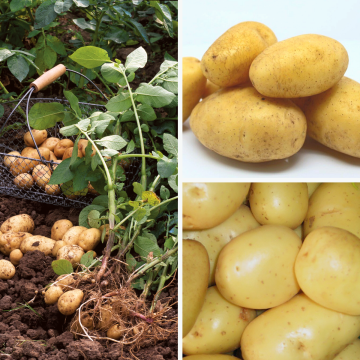
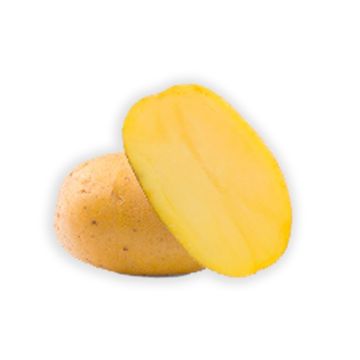



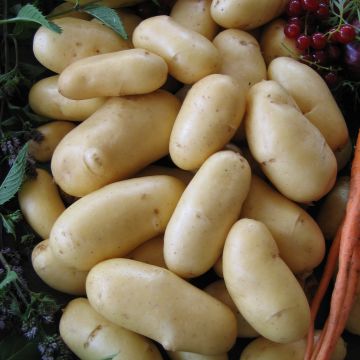
Comments